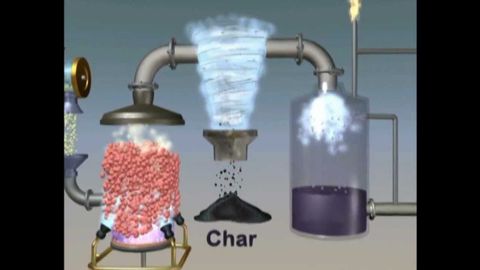
字幕と単語
バイオマスの熱分解によるバイオ燃料への熱化学変換 (Thermochemical Conversion of Biomass to Biofuels via Pyrolysis)
00
Cheng-Hong Liu が 2021 年 01 月 14 日 に投稿保存
動画の中の単語
process
US /ˈprɑsˌɛs, ˈproˌsɛs/
・
UK /prə'ses/
- v.t.(コンピュータの)データを処理する;処理する;処理する;一連の工程を経る;加工する : 加工処理する;理解する
- n. (c./u.)手続き;一連の行為;方法;訴訟手続き;プロセス (コンピューター)
A2 初級TOEIC
もっと見る filter
US /ˈfɪltɚ/
・
UK /'fɪltə(r)/
- n. (c./u.)フィルター;ろ過器;フィルター;フィルター;(写真)フィルター
- v.t.フィルターをかける;ろ過する;選別する;(写真)フィルターをかける
- v.i.フィルタリングする;徐々に通過する;(バイクなどが)車の列の間を縫うように進む
B1 中級
もっと見る エネルギーを使用
すべての単語を解除
発音・解説・フィルター機能を解除
